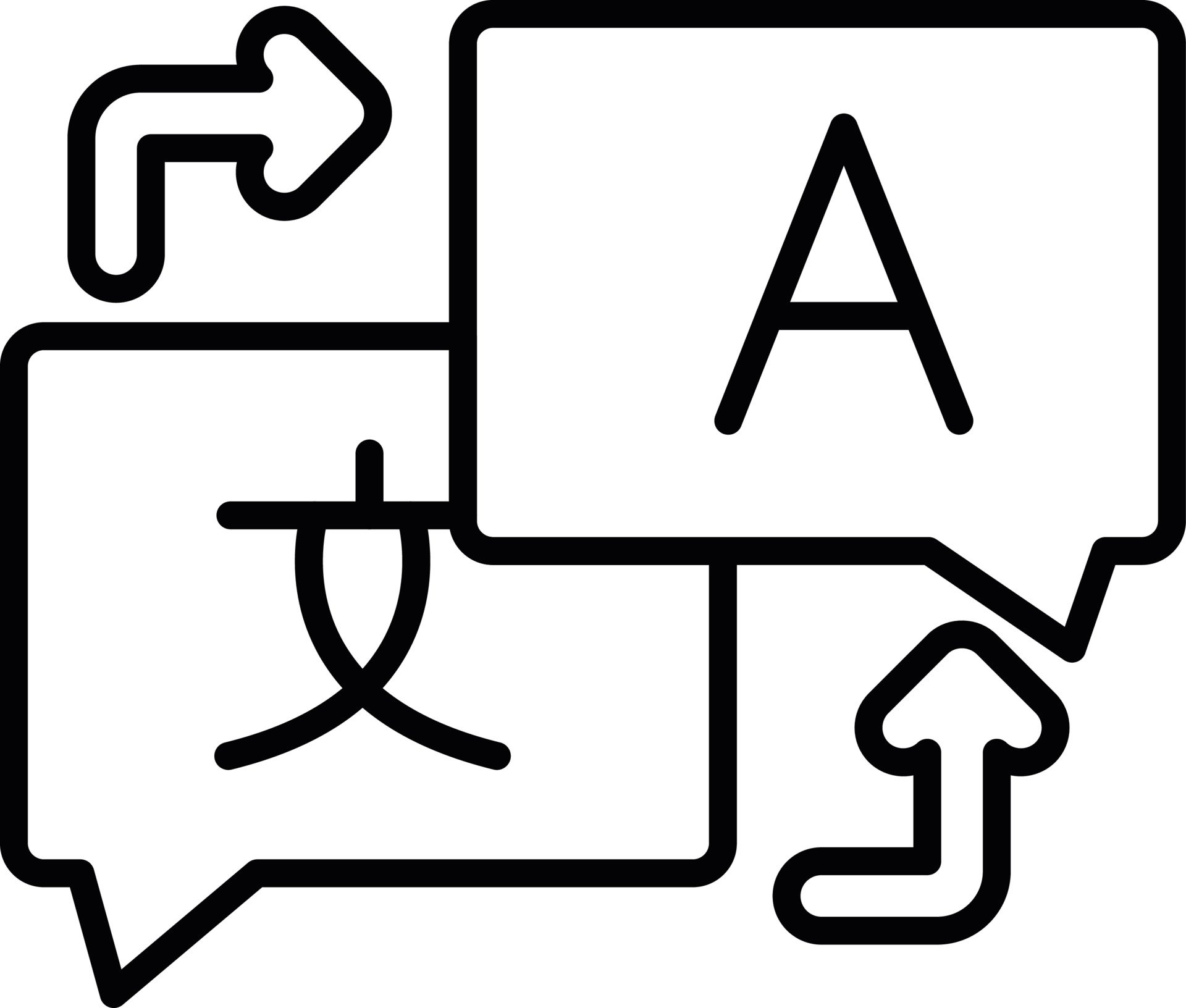Our Thinking: Pictograms & terminology
My wife and daughter (and I'm sure many others) regularly have a good laugh when I mispronounce words.
English is not my mother tongue (if you didn’t know, it’s Dutch). Even after 22 years in Australia, there are still moments that I partly switch back to a pronunciation that would fit a proud Dutchman, but not a real Aussie.
I recently came across this site showing mistranslated signs from around the world. Although I did have a chuckle, I also know where they are coming from.
A few years ago we did some research on the comprehension by people with Limited English Proficiency (LEP) of words and pictograms commonly used in hospital wayfinding. We wanted to find out which pictogram design would work best, or at all.
What we discovered was that what might be obvious and straightforward for one person isn’t always that clear for someone else from a different cultural or language background.
Our research revealed that most pictograms should be supported with text, in plain English, as understanding particularly symbolic pictograms is a learned behaviour.
Here’s a snapshot of our other research conclusions:
To generate a clear analysis of the pictogram test, it is necessary to start with a definition of terms.
There are two distinct types of pictogram, iconic and symbolic.
Icons are drawn as a graphic representation of the subject matter. They need to be read and understood in order to derive meaning (for example, the lift icon). Previous exposure to the pictogram is not required for comprehension, but the action it depicts needs to be known.
Symbols do not attempt to graphically represent the subject matter, they must be learnt. They are recognised in the same way we recognise the characters in an alphabet (for example the information ‘i” or the man or woman used for the toilet sign).
Testing showed that many of the test subjects struggled to understand what were thought to be relatively simple ‘iconic’ images.
The images with the highest levels of comprehension were based on ISO images commonly used in a range of public environments, regardless of the level of ‘symbolic’ abstraction in their rendering.
What did we learn from this process? Overall, we found that the majority of people lacked the visual literacy needed to interpret pictograms based on icons accurately, and that symbolic pictograms provide a much higher level of comprehension.
What is also apparent is that there will always be those who are unable to understand both language and pictograms, no matter how simple and clear they may seem.
To counteract this, the greatest level of comprehension can be achieved by ensuring that pictograms are always supported with text, in simple English, at the appropriate size and contrast – design elements we always incorporate into our wayfinding at ID-LAB.

